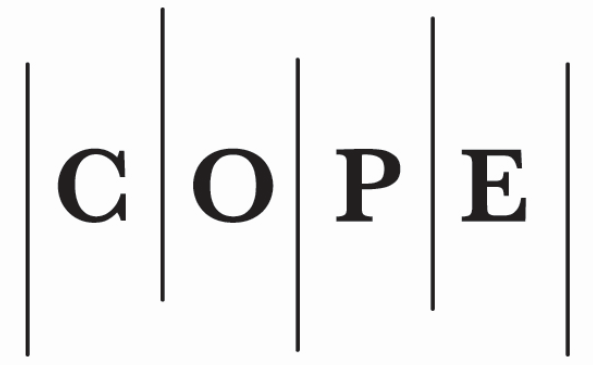Using theory of constraints for reaching optimal product mix: An application in the furniture sector
##plugins.themes.bootstrap3.article.main##
Abstract
With the globalization, intense competition and technological advances, the inadequacy of the traditional management and cost accounting methods that meet the needs of firms and achieve their goals has led to the development of new methods, such as theory of constraints. Theory of constraints, developed by Goldratt in 1980s, is defined as effectively managing the constraints that prevent firms from achieving their goals. In the theory of constraints, it is focused on increased restricted contribution margin, reducing inventories and operating expenses. Thus, profitability can be improved by directed enterprise resources efficiently.
The purpose of the study is to provide effectively managed constraints by defining constraints that prevent their targets and thus to increase the profitability of firms. For this purpose, theory of constraints practice was carried out in a furniture firm which operates in the Mediterranean Region. As a result, it is found that, there are capacity constraints in the firm and the profitability will increase 42% after the elimination of this constraint.
##plugins.themes.bootstrap3.article.details##
Authors contributing to Intellectual Economics agree to publish their articles under a Creative Commons Attribution 4.0 International Public (CC BY) License, allowing third parties to share their work (copy, distribute, transmit) and to adapt it, under the condition that the authors are given credit, and that in the event of reuse or distribution, the terms of this licence are made clear.






